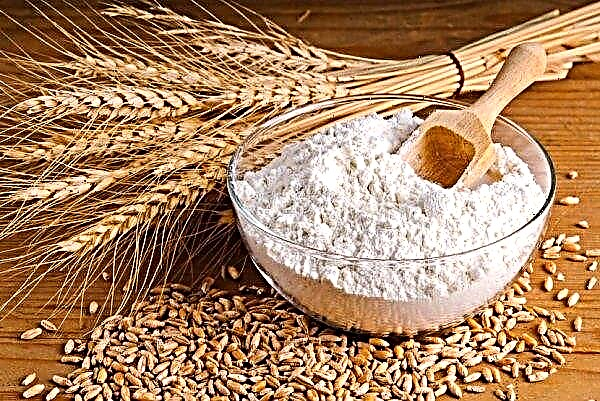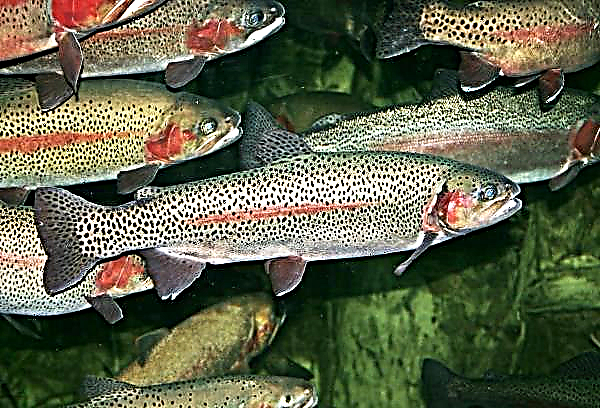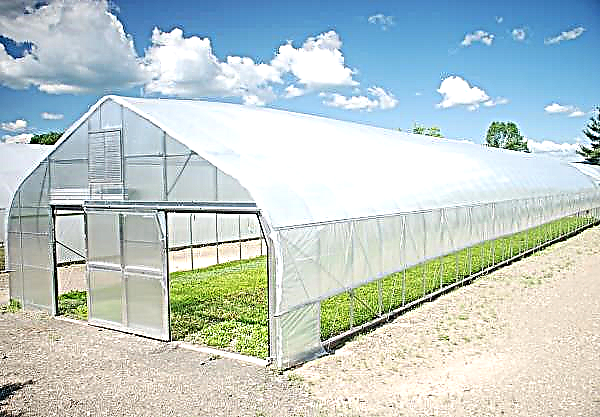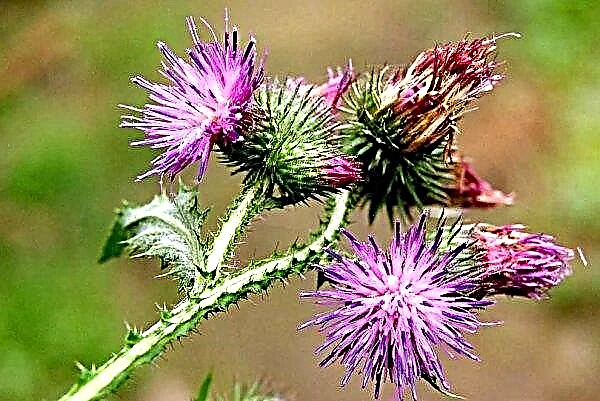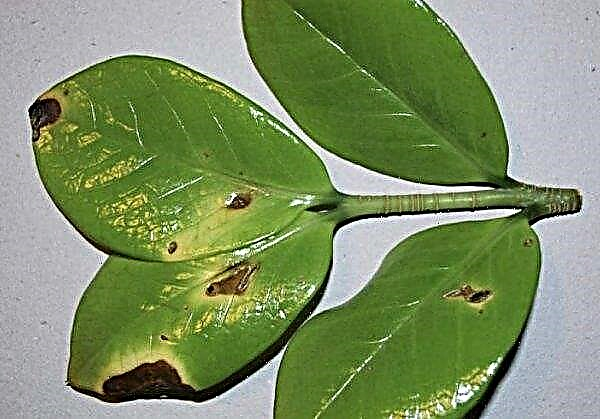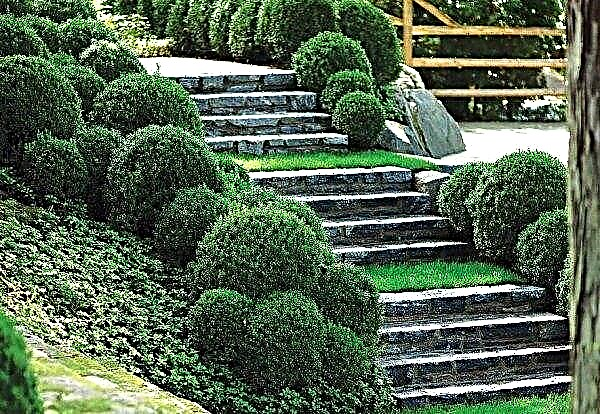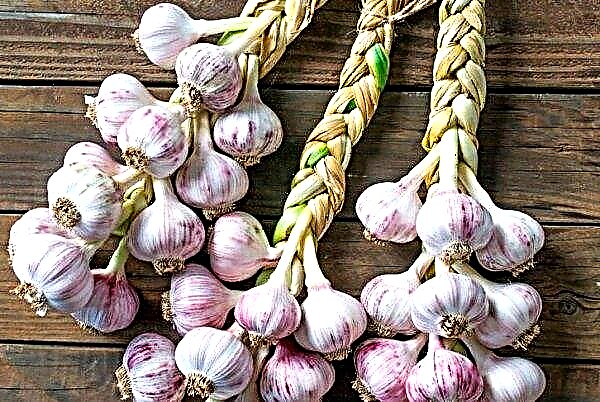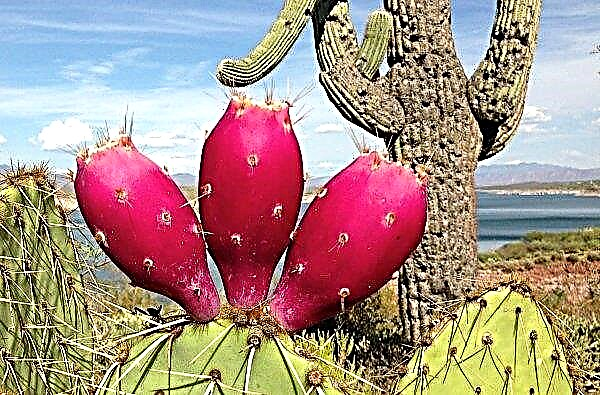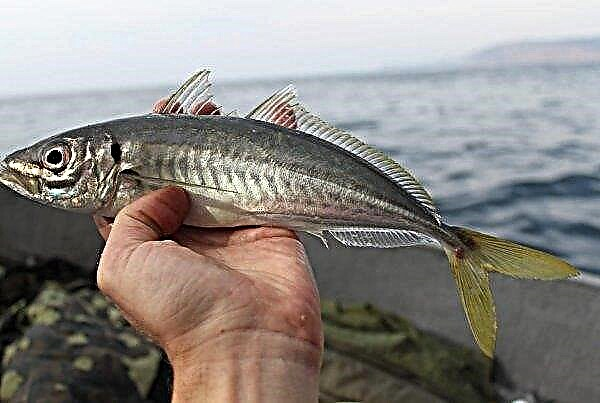Winter wheat is one of the most important agricultural crops cultivated in Russia. Breeders have bred a large number of varieties of this cereal that have the characteristics necessary to obtain a stable crop in each particular region. However, there are also such varieties that, thanks to endurance, grow well in most areas of the country. One of these winter wheat varieties is Lgovskaya 4.
History of occurrence
The originator of soft winter wheat Lgovskaya 4 is the Federal State Unitary Enterprise Lgovskaya Experimental Breeding Station. Scientists of this institution empirically obtained a plant known for resistance to adverse environmental factors. The plant is listed in the Register of seed farms in 2008.
Hybrid cereal is bred by crossing the following varieties:
- Lgovskaya 47;
- Half dwarf 3;
- Lgovskaya 77;
- Amber 50;
- Lgovskaya 157.
Did you know? The appearance of winter wheat in Russia is attributed to the middle of the XIX century. Then the plant began to be cultivated in the fields of the Caucasus.
Botanical Description
Lgovskaya 4 - cereal from the genus lutescens. Plant height ranges from 58 to 93 cm. It has a beautiful bushiness. The ear of the plant is cylindrical in shape with processes of medium length white. The wax coating is strong, the scales are slightly pubescent. The seed is large, reddish in color. The weight of 1000 seeds is from 42 to 48 g. An ear of medium density, white is short or medium. Grain filling is high. The convex side of the apical part of the axis is very pubescent, the shape of the tooth is slightly curved, very short.
Variety Characteristics
The variety is recommended by breeders for cultivation in the fifth agricultural region, that is, in the Central Black Earth district, as well as in the Middle Volga region. Cereal showed itself perfectly when cultivated in the Kursk region.
The culture is excellent in resistance to frost and drought. In addition, the plant is resistant to lodging of the stem and can be grown both by intensive technologies and after predecessors, for example, beans, peas and corn.Important! Like any winter crop, Lgovskaya 4 needs regular top dressing, especially containing nitrogen.
Grain quality
4 specialists define Lgovskaya as a culture, the seeds of which possess the qualities of a good filler. This soft winter variety is suitable for the milling and baking industry. Grains contain a large amount of gluten, which allows the use of flour for the manufacture of high quality bread and other bakery products.
Seeding rates
The average seeding rate of the variety is 4.5 million seeds per 1 ha. However, this figure may vary depending on the climatic conditions of the region and the qualitative composition of the soil. When calculating the sowing rate, it is necessary to take into account the fact that with the advent of spring vegetation, the plant begins to grow intensively. It should also be remembered that before sowing the land should be well moistened and fertilized.
Did you know? The world record for harvesting winter wheat belongs to the English farmer Rod Smith. In 2015, he managed to collect 165.2 c / ha.
Productivity
Specialists determine the average crop yield of about 33 centners per 1 ha. However, farmers cultivating the variety for several seasons call much higher numbers. So, in the fifth region, the yield reaches 100 centners per 1 ha. An important quality of this cereal is that the amount of the harvest falls critically under adverse weather conditions.
Disease resistance
An important role is played in the cultivation of the variety and its resistance to common diseases.
The plant has a strong immunity to such dangerous diseases of cereals:
- powdery mildew;
- Septoria;
- Fusarium
- dusty smut.
Important! Before sowing, the cereal needs to be treated with fungicides and insecticides to protect the seed against pests.
Among other things, the culture is medium resistant to hard smut, snow mold, and brown rust. Lgovskaya 4 winter wheat variety is already well known to farmers. However, despite the emergence of new hybrids, it does not lose popularity due to a stable crop and resistance.

